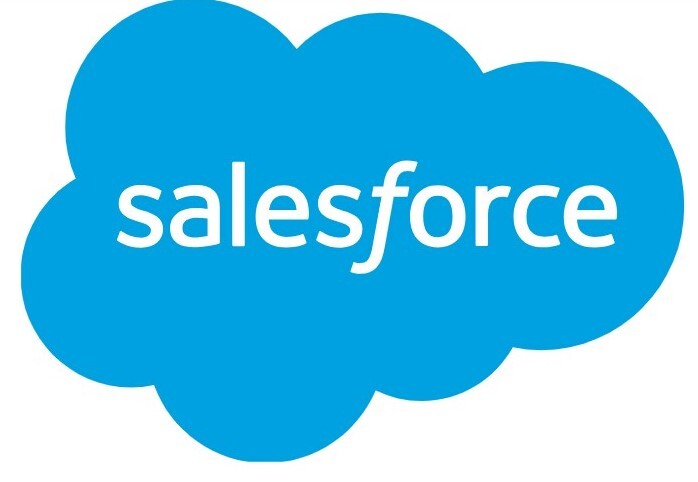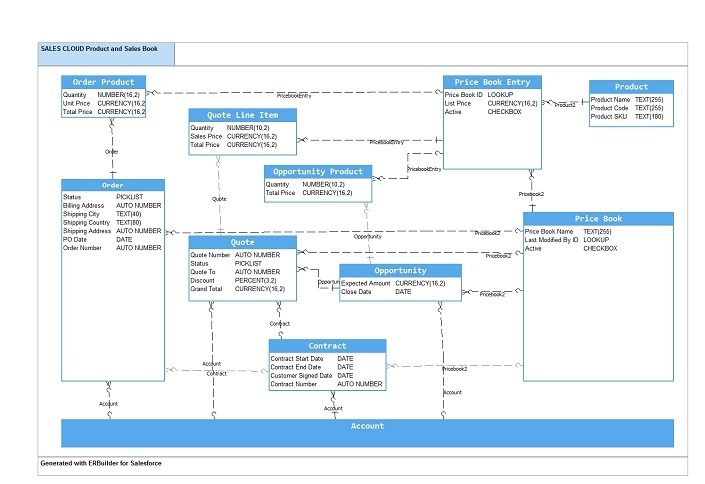
 Data Structure
Data Structure Networking
Networking RDBMS
RDBMS Operating System
Operating System Java
Java MS Excel
MS Excel iOS
iOS HTML
HTML CSS
CSS Android
Android Python
Python C Programming
C Programming C++
C++ C#
C# MongoDB
MongoDB MySQL
MySQL Javascript
Javascript PHP
PHP
- Selected Reading
- UPSC IAS Exams Notes
- Developer's Best Practices
- Questions and Answers
- Effective Resume Writing
- HR Interview Questions
- Computer Glossary
- Who is Who
The Birth and Growth Trajectory of Salesforce.com
Introduction
Necessity is the mother of innovation. The success of major brands totally depends on their ability to satisfy consumers and solve their issues. Develop products that are not only unique and innovative but also products that will help the consumer solve their everyday problems. There are many brands that are leaving their legacy in this Volatile, Uncertain, Complex, and Ambiguous (VUCA) world, and their survival is only possible because of the customer-sensitive nature of the brand. Brands observe their customers with keen eyes and hence innovate or improvise the product as per the customer's experience. Salesforce.com has changed the industry.
In this article, we will be diving deep into the birth and growth trajectory of Salesforce.com.

Image 1 ? The logo of Salesforce - American multinational technology corporation
Brief History of Salesforce.com Brand
Salesforce.com was founded in 1999. Marc Benioff is the founder. Marc had a very simple vision, which was to make the lives of the software users easy. It said that users of the product were continuously harassed by the difficulties in installing the product, regular updates in the software, and maintenance issues. Hence, Marc came up with the solution where he develops a product that can do everything that traditional software cannot do and solve the above-mentioned three critical problems.
Salesforce.com is a SaaS (software as a service) product. The customer can use the product by just logging in to the website with the help of the internet and their desktop or laptop. There is no need to install the software on the individual hardware for usage.
The selling point of Salesforce is that users can use the product from anywhere in the world and anytime in the world by just logging in their account.
The users do not have to invest in the installation of servers, software licensing, or the storage of data.
The users generally pay a monthly or yearly fee as per the usage to the company. The payment method was similar to the utility bills that we pay.
Today, Salesforce.com has major competitors like Google, Amazon, IBM, Workday, Oracle, and others, but the company is doing well with around 14% of the market share and the pioneer (first mover) position that the brand enjoys.

Image 2 ? This Salesforce data model, also known as an entity-relationship diagram (ERD), contains Product, Price Book, Quote, and other related objects provided by Sales Cloud. (Attribution ? Softbuilder, Salesforce Product and Price Book Data Model, CC BY-SA 4.0)
The Growth Trajectory of Salesforce.com
Salesforce.com invests 7% of its total revenue in research and development work and, more astonishingly, 53% of its total revenue in marketing or lead generation activities. 53% of the revenue ensures that the company has a list of all the potential buyers.
Extremely User-friendly Sales Interface
This product by Salesforce.com helped users organize contacts, accounts, and opportunities related to their customers. It was the first customer relationship management SaaS product in the industry. A lot of innovations were done, and features were added as per the feedback of the customers. As a result, Sales Cloud is one of the top-selling products of Salesforce.com, and it helps users track leads, change forecasts, collaborate with colleagues, and access real-time customer information.
Service Cloud CRM by Salesforce.com
This product provided its customers with a call center view of each customer, and the companies could even track each case on an individual basis. Users could communicate with the customers through different media channels, escalate complaints, and plug into conversations using social networking sites, ultimately resulting in better customer service.
Major Acquisitions by Salesforce.com
Salesforce.com acquired around 50 companies between 2010 and 2012. Salesforce.com acquired companies like Radian6, the marketing cloud company, through which Salesforce could have conversations with its potential and user set using public social media sites like Twitter and Facebook.
Platform as a Service (PaaS)
Salesforce.com launched Force.com, a PaaS product for its users. This basically refers to products in which the users create applications for their own use instead of using the already-manufactured generalized applications by the companies. This was again a solution to the communication issues faced by the company while delivering applications and services. Salesforce.com has more than 4 million customers of its PaaS services today.
For example, if a university wants to develop an application through which the students or the teachers can collect attendance, view the marks, find the routes to different offices in the university, understand the fee structure, and keep a tab on late payments, they can use the application. This again was a super successful invention by Salesforce.com, as the users can customize as per their heart's content and do not have to start the work from square one.
Conclusion
The major reason for the growth of Salesforce.com as a brand and its product improvisation is that Salesforce.com always welcomed the users or customers to share their feedback with the company, and the feedback wasn't just a pile of data, but was analyzed to design new products for the company. Salesforce.com today is used in more than 16 languages.
Salesforce.com has won many accolades and has also been ranked as the most innovative company in the world by Forbes from 2011 to 2014. The total revenue of Salesforce.com in the 2023 January quarter is 838.4 Crores. The total number of employees in Salesforce.com in the year 2022 was around 79,000. Salesforce.com is very well established in today's business era as well, and the reason for its success is that it took customers to its core and developed and innovated products accordingly.

